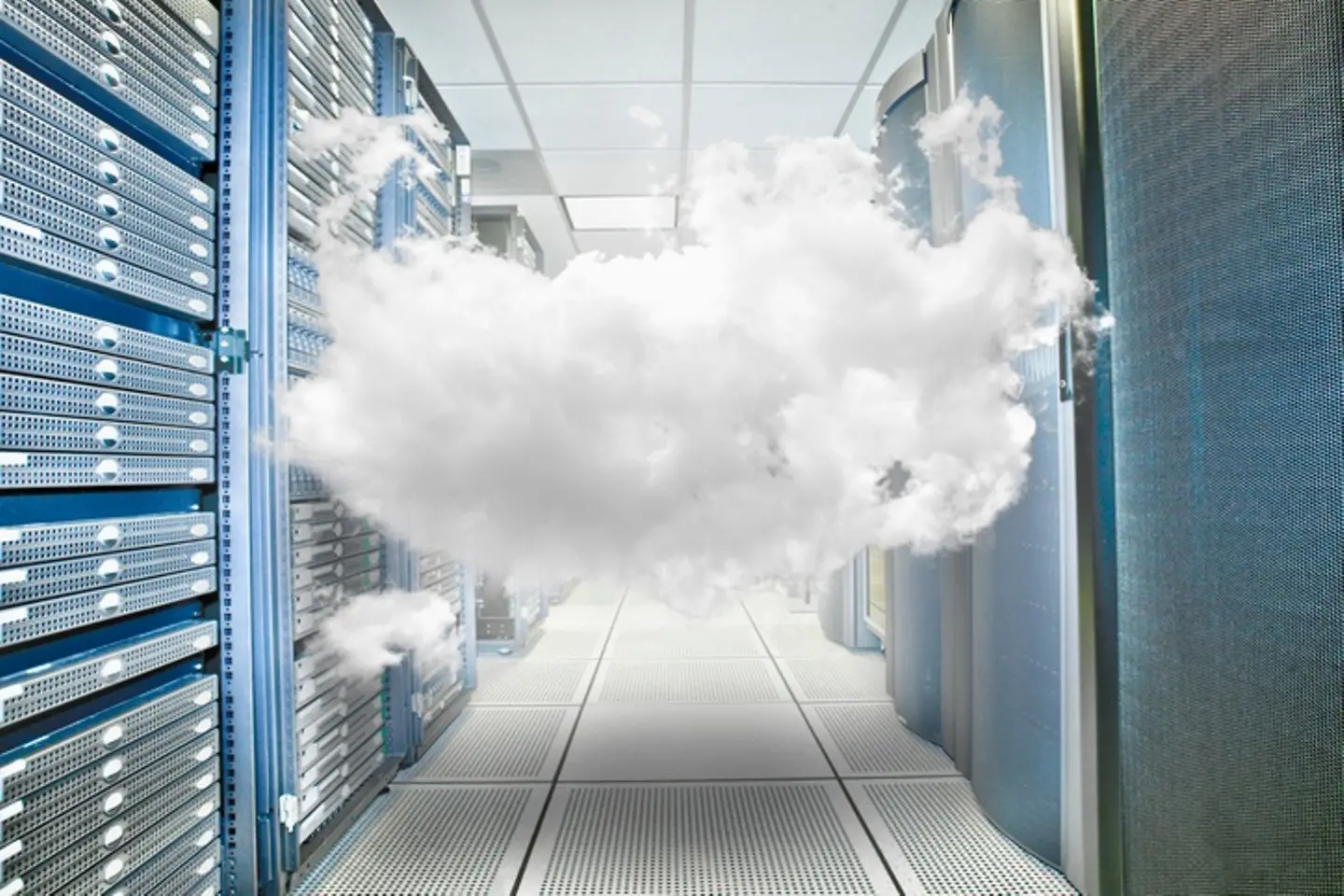
Many companies still rely on their own data centers and manage their IT infrastructure with long-standing, proven solutions from VMware. But many would also like to benefit from the advantages of a public cloud solution, such as high scalability, reliability, and flexible costs. This is made possible with VMware Cloud on AWS managed by T-Systems. It enables companies to bring their vSphere-based workloads into the public cloud and combine them with modern services from AWS, such as S3 object storage or an RDS database service, if required.

Is your company already pursuing a cloud strategy? Do you want to expand your VMware environment into the cloud? VMware Cloud on AWS seamlessly moves your traditional workloads into the public cloud. And you can continue to use VMware technology that is proven in your local environment. To achieve this, T-Systems sets up an individual, single-tenant VMware SDDC (Software Defined Data Center) on a dedicated AWS Bare Metal environment for the customer. Along with the Trial offer, the VMC on AWS Flex offering enables the customer to scale as per need. Both offerings are a great way to shift your VMware workloads to AWS cloud, the way you see fit.

Satisfied customers also include public authorities: For example, T-Systems was asked to assist the public sector in a very special case as a result of the current crisis. Tens of thousands of applications for subsidies were submitted to the relevant authorities within a very short period of time not long after the federal and state governments promised state aid to ailing companies. It quickly became apparent that the previous IT operating platform of a public client was not up to the rush of online applications. Those responsible therefore asked T-Systems for support. The solution was resources from the public cloud. Using VMware Cloud on AWS, T-Systems expanded the data center of a government client within 30 hours to provide the required capacity. Using the external resources of the VMware Cloud on AWS, the performance of the web service has increased by 400 percent. Resources can be expanded at any time if additional needs arise. But they can also be turned off again just as quickly when the subsidy programs come to an end and demand falls again.
